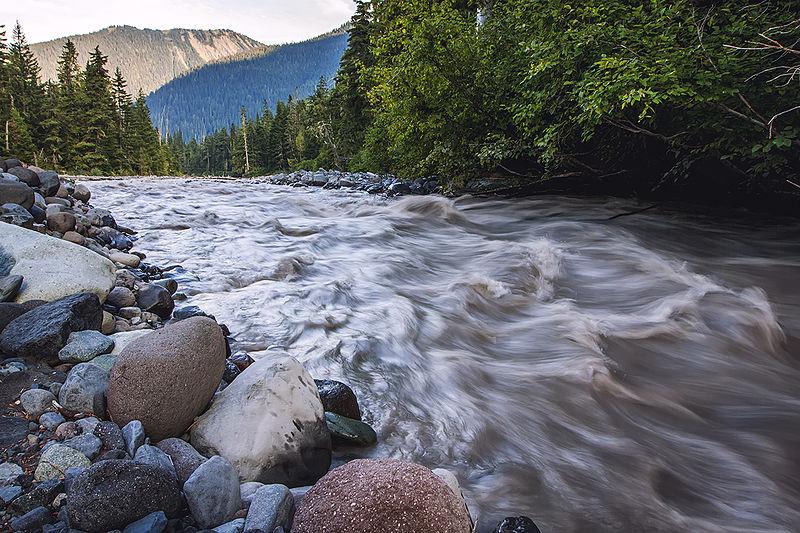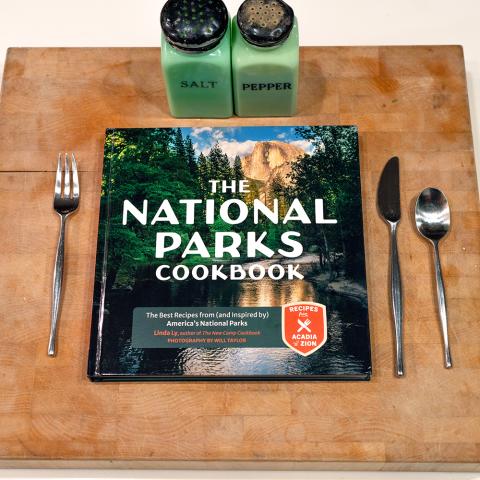
A young woman recently lost her life at Mount Rainier National Park when she fell into the West Fork of the White River/File photo, © Steven Pavlov / http://commons.wikimedia.org/wiki/User:Senapa / CC BY-SA 4.0
Two backcountry travelers recently died in Mount Rainier National Park when they fell into streams swollen by runoff, prompting park staff to remind hikers that streams are running fast, full, and dangerous.
On July 25 a solo female hiker, a Chinese national studying at at a U.S. university, was swept downstream while attempting to cross the West Fork of the White River, a park release said. "She was caught up in river debris including downed trees, called strainers. Strainers are one of the most dangerous features found on a river," the release added.
Other hikers saw her fall in, but were unable to save her.
Six days later Phillip Monsen of Apple Valley, Minnesota, lost his balance while crossing a foot log on Winthrop Creek, and died when swept downstream, the release said.
With the warm summer temperatures, rivers and streams in the park are running high and fast. Hikers in the Mount Rainier National Park wilderness are advised to use caution when crossing rivers, creeks, and streams.
“River crossings can be extremely hazardous this time of the year,” said park Superintendent Chip Jenkins. “These cold, swift flowing waters require a high level of caution, even for those hikers with extensive experience, knowledge, and skills with river crossing.”
Wilderness Ranger Dan van der Elst added that, “Glacial rivers are powerful enough to move boulders. Channels may change from day to day. Park trail crews attempt to replace foot logs and bridges after spring melt, but these can be washed out at any time during high water, when rivers are most dangerous. Hikers should always be prepared to spend an extra hour, or even an extra day, to find a safe crossing.”
Consider these factors when determining if a river or stream is safe to cross:
· Your best option may be turning back. If conditions do not look safe or above your skill level, do not try to cross.
· Do not try to cross water that comes above your knees.
· Early morning is the best time to cross when river levels are typically at their lowest. Water levels may change by as much as a foot from morning to late afternoon.
· Look for a place where the river is braided into multiple channels, and cross at the widest part.
· Before crossing, scout downstream for log jams, waterfalls and other hazards that could trap you. Locate a point where you can exit if you fall in. Swimming may not be possible in the swift flow or if you are swept against submerged rocks or downed trees.
· Use a sturdy stick to maintain two points of contact with the ground at all times.
· Unfasten the belt of your pack so you can easily discard it.
· Staring down at moving water can make you dizzy. Face upstream and look forward as much as possible.
· Straddling a foot log may be safer than walking. Consider the consequences of a fall.
· Your safety is more important than your itinerary. Permits or reservations can be adjusted to accommodate safe river crossings.




 Support Essential Coverage of Essential Places
Support Essential Coverage of Essential Places







Comments
Philip's GoFundMe:
https://www.gofundme.com/the-philip-monsen-memorial-fund